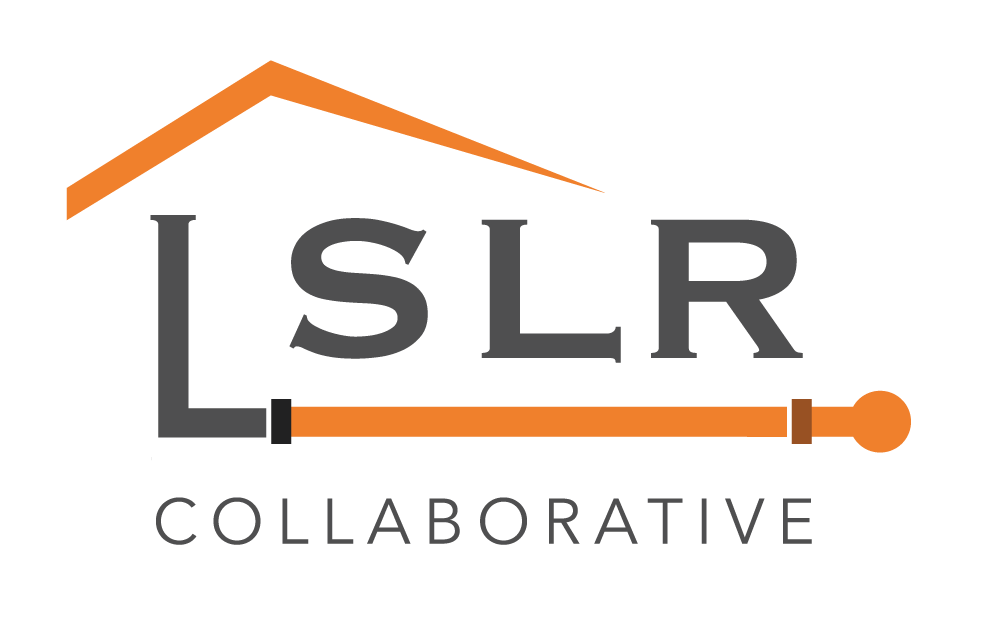|
Public Health Newswire APHA Annual Meetings News See the original article online. Drinking water contamination was the focus of a Tuesday morning Annual Meeting session, where panelists from Lead Service Line Replacement Collaborative addressed the health risks of lead service lines that connect buildings to water mains under the street. Lead can enter drinking water when pipes and plumbing fixtures corrode. Young children, infants and fetuses are especially vulnerable to the pollutant, a neurotoxin that can impact all organ systems and contribute to cognitive impairment, behavioral problems and lowered IQ. Moderating the “Drinking Water and Lead Service Lines: Partnering to Protect Public Health” session was Nsedu Obot Witherspoon, executive director of the Children’s Environmental Health Network, who told attendees: “We have to reduce the exposure to lead in drinking water, and that begins with replacing the nation’s lead service lines — 6 to 10 million of them bringing water to taps across the U.S. It’s a tall order, but it has to be done to protect the health of our children.” Dayton Daily News
See the full article online. The city of Dayton says it will notify property owners when it is working on water infrastructure that may include lead service lines. The city says it will comply with new state regulations that require it send residents and business owners a 45-day notice when working on projects that may affect lead service lines. Property owners who may have lead water service lines in a planned project area will receive the notices as well as “resource packets,” the city said. Water Quality Products
See the full article online The state now requires water systems to notify residents and provide filters for lead service line replacement The Ohio EPA released new regulations regarding how Ohio public water systems must alert residents and businesses when lead services lines are being replaced, according to Dayton Daily News. Under the new rule, every public water system in Ohio must notify residents or business owners 45 days before working on lead service lines. Additionally, water systems are now required to provide filters to residents for up to three months after work is complete. The new rules comes as cities across Ohio are working to replace lead service lines and amid debate over partial versus full lead service line replacement. |
Have a suggestion for an article or blog to add?
Let us know! Type
All
Date
April 2023
|


 RSS Feed
RSS Feed